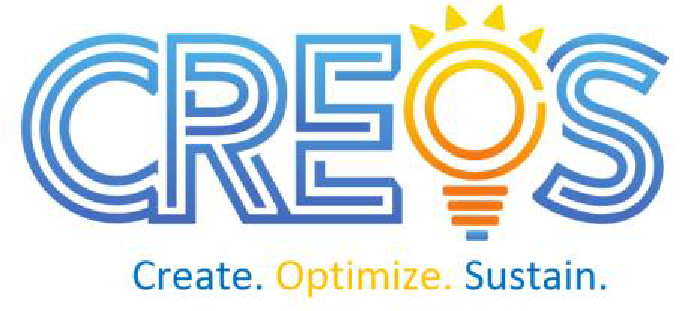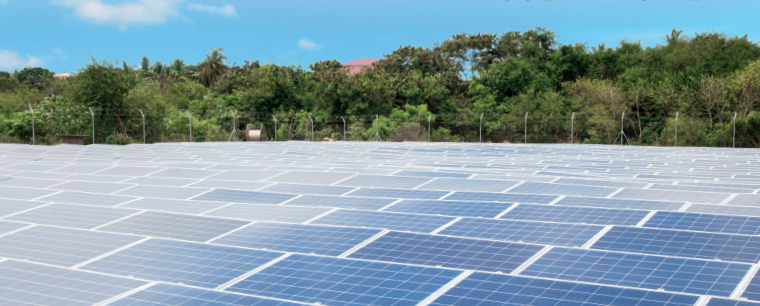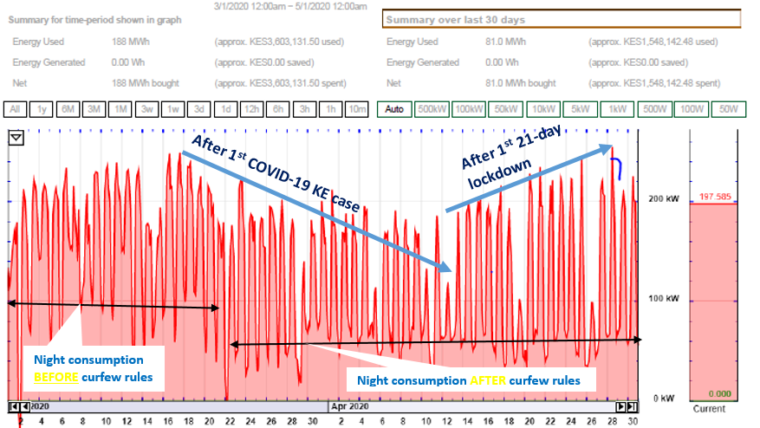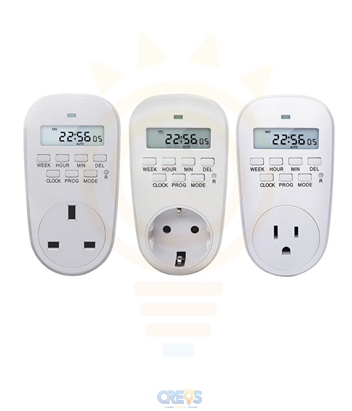Happy New Year 2021! As we begin a new year, we start it with a lot of rejuvenated hope that things are going to be better. I know we are.
In light of that, we continue to illuminate you with the necessary information on how to be energy conservative in the various of spheres of life. We continue with our topic on lighting still as it is what we refer in our industry “low hanging fruits” of achieving energy savings.
As we all know, low hanging fruits are the easiest to pick to experience their succulence. But are they really an easy pick?
Last year, one client who wanted to reduce their electricity costs in their barbershops through using energy efficient lighting had a concern. Their concern was the fact that they’d bought LED tubes to retrofit their old fluorescent tubes, but they weren’t as bright as their fluorescent tubes, yet they were of a lower wattage than the fluorescent.
“I think Kenya we are being sold fake LED tubes,” they muttered.
I asked, “did you check the amount of lumens the bulb produces?”
“Lu..what?”, they asked. This was when I started taking them through the various parameters one has to check when purchasing a lighting technology. These parameters are very important when making a decision on the kind of lighting technology one wishes to adopt.
These parameters or rather terminologies are defined as follows:
- Light source – This is the technology being used to emit light e.g. LED (light emitting diode), fluorescent, incandescent, etc.
- Watts – This is the unit used to measure power abbreviated as (W). It is a function of voltage and current drawn by the light source.
- Lumens – This is a measure of the total amount of light visible to the human eye from a light source denoted as (lm or lux). The higher the lumen value the brighter the light.
- Luminous efficacy – This is a measure of how well a light source produces visible light. It is measured in lumens per watt (lm/W). The higher the luminous efficacy the more energy efficient the light source, meaning its using less power to produce more light.
- Color Rendering Index (CRI) – This is a quantitative measure of the ability of a light source to reveal the colors of various objects faithfully in comparison with an ideal or natural light source.
- Power Factor (PF) – This is defined as the ratio of the real power absorbed by the load to the apparent power flowing in the circuit expressed as a percentage. It is an expression of energy efficiency and the higher the percentage the more efficient the light source is.
- Hours – This is the amount of time in hours the light source will run before it fails.
Most of these parameters are indicated on the light source or its packaging and a manufacturer confident in their product will indicate at least 90% of these parameters.
I hope this information helps you the next time you go bulb shopping just like our barbershop client.




